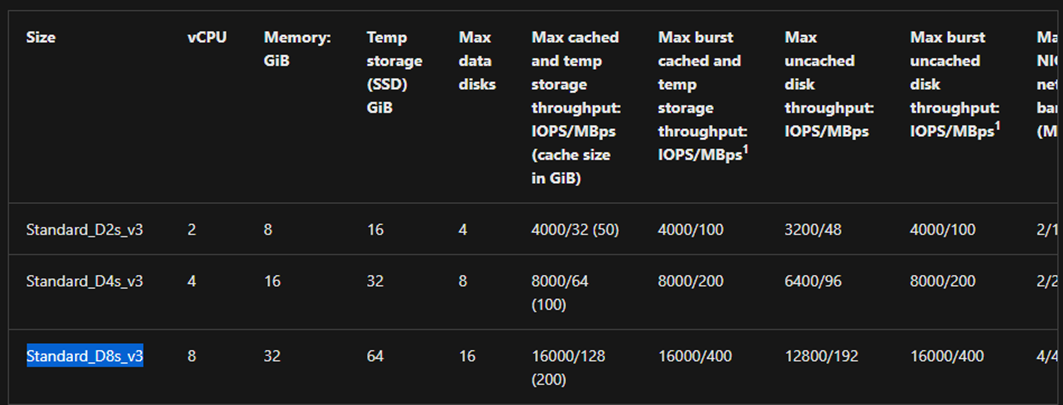
When using the Advanced Network model (which you probably should) Azure sets a default limit of 110 pods per node. The Advanced Network model uses a lot more IP addresses than the Basic Network model.Īnother setting you should provide when deploying an AKS cluster: the number of pods per node. This, and more, is possible using the Advanced Network model, however, you should make sure you have enough IP addresses available. You can’t connect the AKS cluster to a VPN connection or other virtual networks within Azure. The Basic Network model is, like the name implies, basic in features. You can’t change the network model after you created an AKS cluster. An extra benefit of larger VMs is the increased IOPS and number of disks, small VMs have little and slow disk access.Īn AKS cluster can use one of two network models, Basic and Advanced Networking. This way you can reduce the amount of overhead. You can upgrade your AKS cluster not only by the number of VMs but also by the size of the VMs. Luckily it is now possible to change the VM size of your AKS cluster, this was not possible before. My advice therefore would be to skip the small VMs and choose a bigger VM size if possible. At 64Gb memory, the overhead is reduced to just 10%. This overhead is quite significant for small VMs, up to 65% overhead on the smallest 2Gb memory VMs.

Kubernetes self consists of many pods and they use memory and CPU too.


In this article we will talk about these 4 best practices:Ĭhoose the correct VM size for your Kubernetes cluster. However, there are several important choices to make before you can start to create your cluster.
#Aks ephemeral disk manuals
We at Intercept especially like the official Microsoft AKS manuals because they are complete and always up-to-date. Creating an AKS cluster is easy and there are more than enough manuals that will guide you through the process.


 0 kommentar(er)
0 kommentar(er)
